Positive thinking, technological innovation and a new assertiveness from domestic manufacturers were the themes of Tokyo's 35th motor show. It was held as Japan headed deeper into recession and recorded the highest unemployment rate since World War II.
One hundred Japanese are chasing every 57 jobs - secure occupation for life, particularly in the automotive sector, is becoming a fond memory.
A profitable Nissan vied for centre stage with new products and a route plan to a born-again brand two years after Renault's Carlos Ghosn took over.
Behind the scenes at the immaculate Makuhari Nippon convention centre, his Renault alliance colleagues adopted a low profile, deflecting questions about Nissan taking a chunk of its French controller's stock.
Mazda emerged from Ford's shadow, also seeking a redefined brand, with the sharp looking 6 saloon and RX8 sports car, shadowing Nissan's Primera and 350Z.
Nissan looks to Audi for inspiration. Mazda strives for BMW engineering excellence and Alfa Romeo cachet. They could be heading on a collision course.
German-badged and built cars head the Japanese import league, and top foreign marque Volkswagen strutted its stuff with the outlandish 6-litre W12 coupe supercar.
The Tokyo show is held in a city with prevailing wall to wall, taxi-dominated traffic. This helps explain why ever more sophisticated telematics and satellite navigation systems were so prominent in the show halls. Without them any state of the art car maker is lost in Japan.
In a herd of concept cars, Isuzu's Yen unusually reflected Japanese culture with bamboo and woven grass trim. And it was the work of two young British designers. (November 12, 2001)


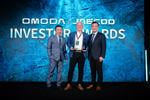






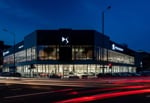




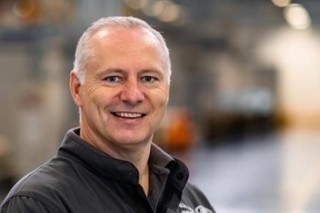
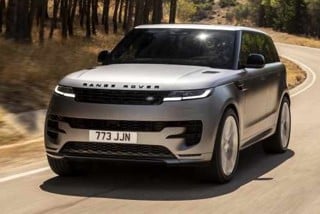
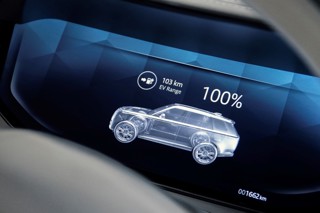
Login to comment
Comments
No comments have been made yet.